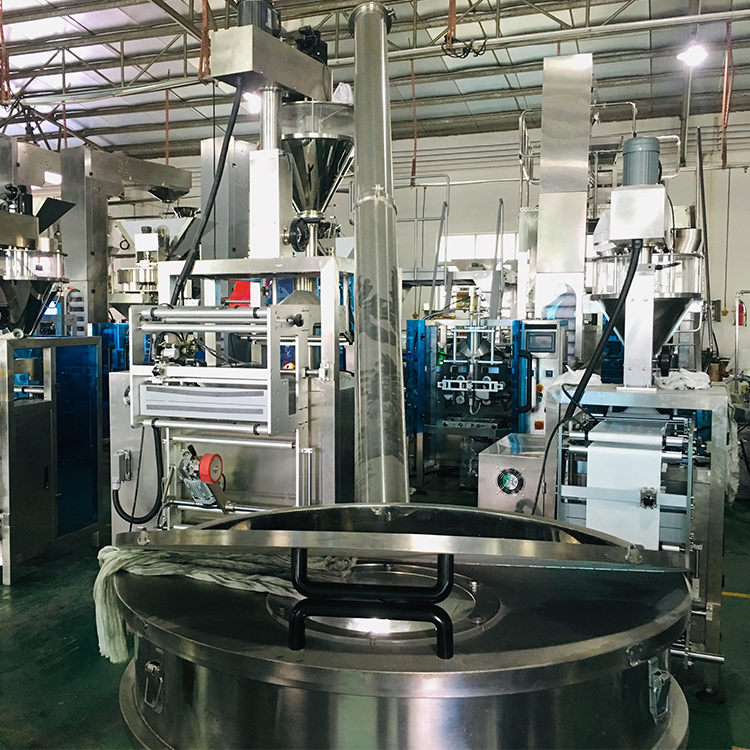Milk packaging machines are essential in the dairy industry, ensuring that milk is safely and efficiently packaged for distribution. The ease of operation of these machines can vary based on their design, automation level, and the user's familiarity with the equipment. Here’s an overview of the factors that influence how user-friendly milk packaging machines are:
Types of Milk Packaging Machines
Milk packaging machines come in various types, each designed for specific operational needs and volumes:
- Manual Milk Packaging Machines: These machines require significant human intervention to handle tasks like filling, sealing, and labeling.
- Semi-Automatic Milk Packaging Machines: These machines automate some processes, such as filling and sealing, while still requiring manual placement of containers and initiation of the packaging cycle.
- Fully Automatic Milk Packaging Machines: Designed for high-volume production, these machines automate the entire packaging process, from container feeding to filling, sealing, and labeling.
Factors Affecting Ease of Operation
Several factors determine how easy it is to operate milk packaging machines:
- User Interface: Modern milk packaging machines often come with intuitive touchscreens and control panels that simplify operation.
- Training and Support: Manufacturers typically offer training sessions, detailed user manuals, and technical support, which are essential for helping operators become proficient with the machines.
- Maintenance and Troubleshooting: Machines designed with easy-access components and straightforward maintenance procedures are easier to manage.
- Flexibility and Customization: Machines that can easily adjust to different container sizes and types without requiring complex recalibration are generally easier to operate.





Comments